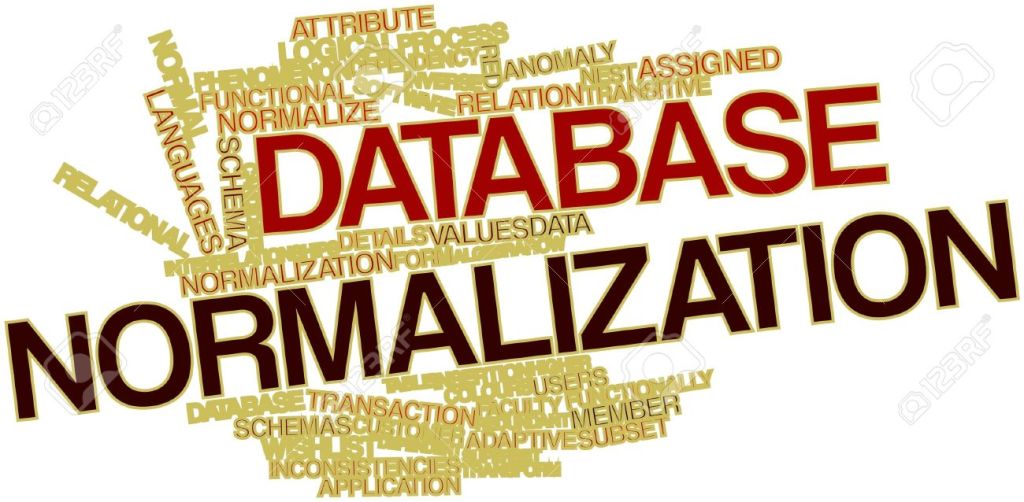If you are in constant touch with the database works for a while, there is a good chance that you heard about database normalization. It is also possible that someone would have asked you – Is your database normalized? If your answer was like “Uh, Yeah” then don’t worry. Normalization has often been a luxury term in many organizations for which only the academics have time for. But if you understand the principles of normalizing your database and apply them to your database designs, it will drastically improve the performance of your DBMS. It is not complicated to understand the basics of database normalization and let us now go to its details.

What is Database normalization?
Normalization process is just efficiently organizing the data stored in the database. The primary goals of normalization are to eliminate the redundant data which is storing the same data in multiple tables unnecessarily and ensuring that only related data is stored in the tables. Both these goals result in the reduction of the amount of space in the database and it ensures that the data is stored logically.
What are the Normal Forms?
The community of database has developed some of the standard forms of normalization of database and these are referred as normal forms. These are numbered from first normal form 1NF to fifth normal form 5NF. Practically you will see only first three and 4th normal form occasionally. Fifth normal form is very rarely seen. We are just outlining the guidelines of the normal forms here and it is necessary that you consider your practical business requirements also when using these standards.
First Normal Form (1NF)
It talks about the very basic rules of an organized database- The rules are-
- Eliminating duplicates from the same table
- Creating separate tables for every group containing the related data. Each row should have a unique column or set of columns (Primary key)
Second normal form (2NF)
The second normal form of normalization process addresses the issue of duplicate data further. It includes-
- Meeting all the requirements of 1NF
- Removing data subsets which apply to multiple rows of table and placing them in separate tables.
- Create relationship between these newly formed tables and predecessors using foreign keys
Third Normal Form (3NF)
This form goes one step further and includes the following rules-
- Meeting all the requirements given in the second form
- Removing all the columns which are not depending on the primary key
Fourth Normal form (4NF)
The 4NF has one additional requirement and it includes-
- Meeting all the requirements of third normal form and-
- No multi-valued dependencies are present in the system
Thus database normalization is a good idea to design the database in the most organized form in order to store the data more logically in the system maintaining the data quality in the system.




